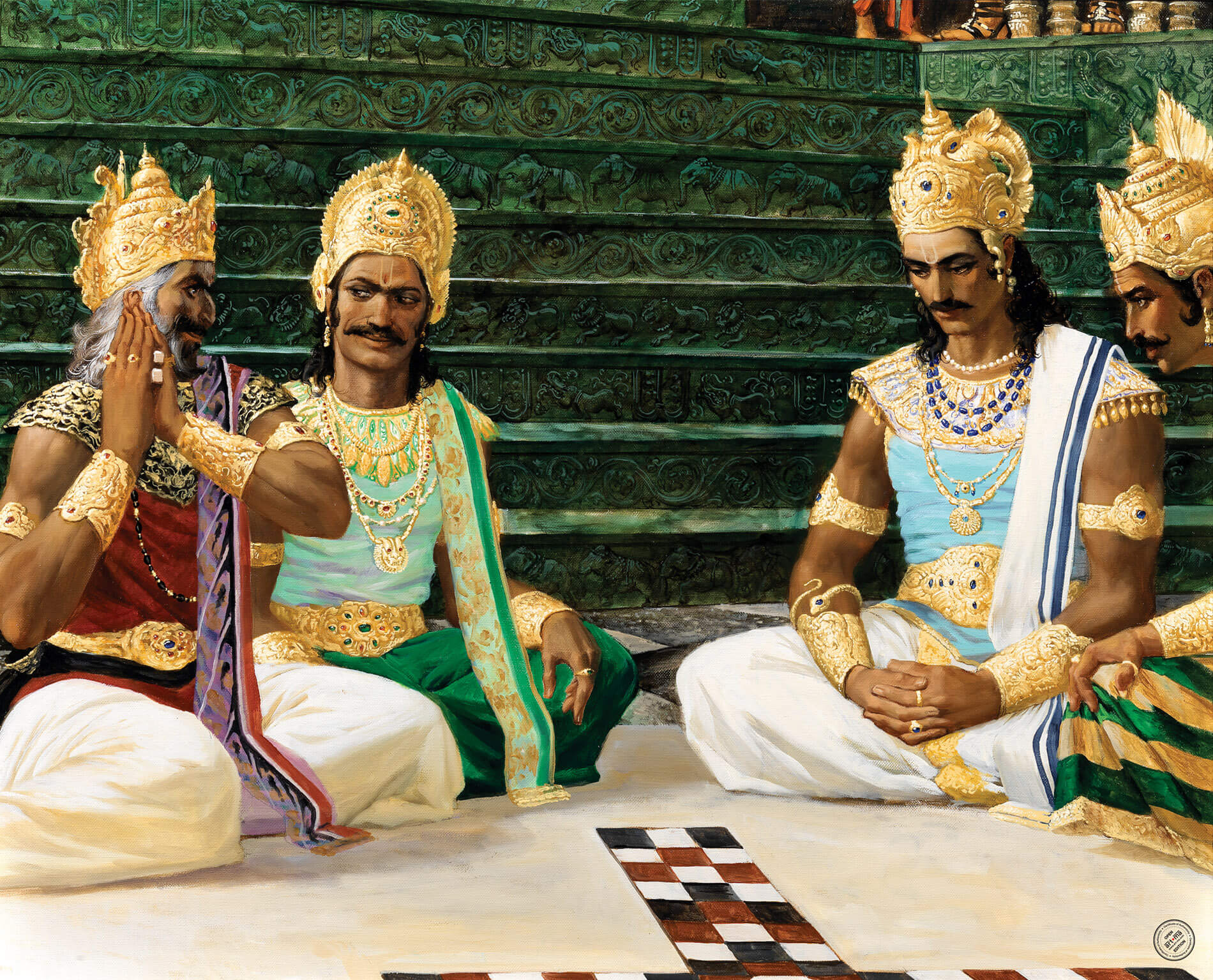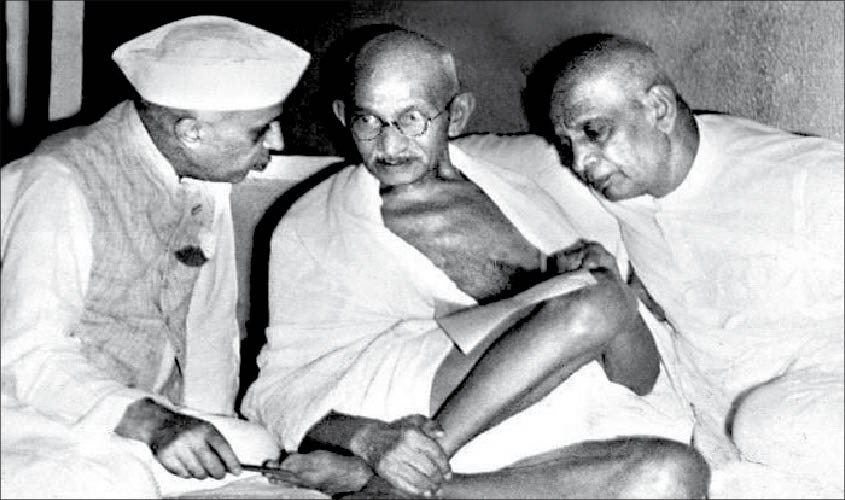
Indian freedom struggle was a huge mathematical equation that had multiple factors/actors that contributed to the success of the freedom of India on 15 August 1947. We started living in a globalized economy even before the initial struggle towards independence.
The European market aka the Tulip mania was an era of agricultural businesses and the inventions of the first stocks started with the advent of European colonies in order to avoid risk but not completely rather distribute the risks equally among their shareholders. Before the invention stocks tulips and similar agro-based commodities were sold based on bonds and a guarantee that they were being given at a price that was predetermined which held value to the European markets. These were the initial roots of the division of power from the colonial power. Many agribased products were forced to be harvested without change in the crop seasons and farmers of the colonies had bad times and were hugely taxed to meet the European market demands. As time passed there have been many revolutions against the colonial authority and many have tried and failed.
Why did we get independence only in the 1940s’s why was the First World War not part of the equation why only the Second World War? Why?
Because It was a multiplayer iterative game.
During the 1940’s Germany restarted its campaign to claim its status as a superpower or a powerhouse of immense technology and intellectual advancement and to reclaim its dignity as a European superpower.
It wasn’t new as Germany had tried to overpower its European clans during World War 1 why didn’t the Freedom struggle succeed during the first time around?
Well here is the actual reason.
India has played an iterative game with multiple payoffs that precisely culminated during the Second World war.
We can see these mainly through 5 actors mainly albeit there have been many but the thing is only those who had exposure to the world stage were able to utilize the changing landscape.
Bhagat Singh (Revolutionist/ Anarchist / Bheem )
He plays a role in the freedom struggle as the brute force. He has been Branded as a terrorist and has been convicted to death. But he asked as the extremist who wanted to force his way into getting his country to freedom and was a pain in the ass who constantly affected the process of anglicizing India.
The payoff matrix for Bhagat Singh was higher (6) than British (0) as they would be giving up a prime market without any return.
Subash Chandra Bose (Master Strategist / Nazi Enforcer / Arjun)
Subash Chandra Bose was a Strategist to begin with he had met multiple prominent leaders and has been a key leader in the freedom struggle. He followed a simple strategy Enemie’s Enemy is a Friend.
He was ideologically in conflict with Mahatma Gandhi even if he called him the father of our nation as he did not belive that a monodirectional approach to creating a free India would not be possible.
He created his party and created an army that became the Azad Hind Army.

His strategy was simple. The British were a major threat as Germans were the first to have successfully created what was known as Uboats (Submarines)
The British were losing valuable goods during the Second World War and were constantly in a state of paranoia. They needed the help of America to prevent themselves from Annihilation. This was before the German prosecution of the Jews and the Holocaust.
He Joined ties with the Axis with their conditions.
Even though the payoff was high there was better. It had a Nash equilibrium
The British would have 3 Nash points if he would restrain the Germans from occupying Britain and Subash Chandra’s idea would have 3 Nash points as it was close to equilibrium.
Now until this point, the equilibrium was based on the fact that Germany might win.
The last 3 leaders are Pacifists but with differences.
Other players were also part of this but let’s focus on the 3 in the first image.
Mahatma Gandhi (Pacifist / Dharmaraj)
As its all well know Mahatma Gandhi was the winner of them all but with a catch. He has never deviated from his point of view of Jainism and its philosophy of non-violence. This was not a selling point if it were started in India. But that was not the situation.
Gandhi started his journey from South Africa.
Here is a list of 10 things that Gandhi did in South Africa:
1. While he was traveling by train to Pretoria, Gandhi, despite carrying first-class ticket, was thrown out of the train by the authorities because a white man complained of an Indian sharing the space with him.
2. As a response, Gandhi formed the Natal Indian Congress in 1894. This organisation led non-violent protests against the oppressive treatment of the white people towards the native Africans and Indians.
3. In 1896, he came to India for a short time and gathered 800 Indians to serve along with him in South Africa. They were welcomed by an irate mob and Gandhi was injured in the attack.
4. During the outbreak of the Boer War in 1899, Gandhi gathered around 1,100 Indians and organised the Indian Ambulance Corps for the British but the ethnic discrimination and torture continued on Indians.
5. English artist John Ruskin’s book Unto This Last inspired Gandhi and he set up Phoenix Farm near Durban. Here, Gandhi would train his cadres on non-violent Satyagraha or peaceful restraint. Phoenix Farm is considered as the birthplace of Satyagraha. However, it was at the Tolstoy Farm, Gandhi’s second camp in South Africa, where Satyagraha was molded into a weapon of protest.
6. In September 1906, Gandhi organised the first Satyagraha campaign to protest against the Transvaal Asiatic ordinance that was constituted against the local Indians. Again in June 1907, he held Satyagraha against the Black Act.
7. In 1908, he was sentenced to jail for organizing non-violent movements. But, after he met with General Smuts, a British Commonwealth statesman, he was released. However, he was later attacked for this and was again sentenced to jail against which he organised Satyagraha again.
8. In 1909, he was sentenced to a three-month jail term in Volkshurst and Pretoria. After his release, Gandhi went to England to seek the assistance of the Indian community there.
9. He also fought against the nullification of non-Christian marriages in 1913.
10. Gandhi organised another peaceful resistance campaign in Transvaal against the oppression that Indian minors were suffering from. He led around 2,000 Indians across the Transvaal border.
Gandhi was not a key problem for the British. Yes, he amassed people like a first-day first-show of the Rajnikanth movie.
His Key masterstroke was the non-cooperation movement but that would not deter the British.
The payoff matrics for Gandhi would not be high but since he was neither a Terrorist like Bhagat Singh nor a Strategist like Subash Chandra Bose mathematically here British would allow him to keep doing his non-violent protests and Gandhi would keep taking Britain’s words. Hence payoff was 6 for the British and zero for Gandhi.
Like the Mahabharata, there was a story underway across the 7 seas/oceans in the Americas.

Franklin D. Roosevelt (Bheesma)
Roosevelt not specifically looking for Indian Independence alone but has put forth conditions that if the United States were to join the war against Nazi Germany, Churchill had to give up the colonies and provide independence.
This was a very huge loss for the British but they could not refuse. Their very existence was being threatened by Germany (Prussia) which was too close to them like Russia. After all British Empire is more or less like an Amazon cloud warehouse. They don’t have any physical army of their own or a huge land mass or population to fight the invasion. An attack Either from Germany(Prussia) or Russia would be fatal as if they chose the German side they would face Russia and if they chose the French and Russian side they would face Germany.
The payoff for British becomes zero and America becomes a 6.
Now the Shakespearean drama starts…
Since the British had no option they agreed to their terms aka USA’s. But since the English weren’t good at following through with their promises Roosevelt had agreed prior. Only after the war that has been won did the question arise. And the above image was brought to light. Stalin was a vouchsafe person who would follow through on his promises to a man like Roosevelt stuck in a wheelchair and the fact that Mahatma Gandhi was by far the best option.
The last two players who are well known as the first prime ministers in their own countries would come into the limelight.
Jawaharlal Nehru (Dipolmat/ Inside man / Sahadev ) and Muhammad Ali Jinnah (Dipolmat / Inside man / Nakuul)
Until this point, the British had 2 key players who would have twisted the fabric of this English World War 2 story. If Germany won then Subash Chandra Bose would have prevailed and the British would have to concede to him if they were not to be annihilated. If America had won they would have to only give up their colonies but that would still mean they would be losing their Nash equilibrium.
Here came the two inside guys Nehru and Jinnah.
The British had to control India as its a major source of their wealth and since they already knew that if it lost its main source it would still have trouble maintaining its long-standing position as a European superpower.
They kept putting hurdles using the Dipolmants who were power hungry.
Since Gandhi was Dharmaraj they had to use the twins Nakul and Sahadev aka Nehru and Jinnah.
They brought about diplomatic talks at the altar that India would be free but it would not be given freedom equally. These were two parts.
First, they divided the Indian majority based on Religion. Muslim and Hindu.
There was a payoff for this in a different direction. In the Middle East after the WW1 the Ottoman Empire aka the Turkish Empire collapsed it was rich in crude oil and they knew pretty well raising the aspect of Islam would be beneficial to them in future alliances with the Al Saud.
Second, the divided nation was based on British Provinces(Presidency) vs Princely states.
Both have been conceded to the British with agreements that were different but the fact was Presidency was completely taken by the British while the princely states where the kings accepted their defeat and acted as puppets with no power.
The payoff matric was in favor of the British with Jinni agreeing to separate the country of Pakistan and Nehru accepting the terms.
Now present day the game theory of payoff matrics favors the English more then it did with India. Well, it’s the same even for Pakistan is a question for them to retrospect.
What is a bond Forward contract?
– A bond forward contract is a customized agreement between two parties to buy or sell a specific bond at a predetermined future date (the delivery date) for an agreed-upon price (the forward price). Unlike exchange-traded bonds, which are standardized and traded on organized markets, bond forward contracts are over-the-counter (OTC) instruments tailored to the needs of the contracting parties.
– These contracts allow investors to lock in future bond prices, providing protection against interest rate fluctuations and credit risk. They are particularly useful for portfolio managers, institutional investors, and corporations seeking to manage their bond exposure.

